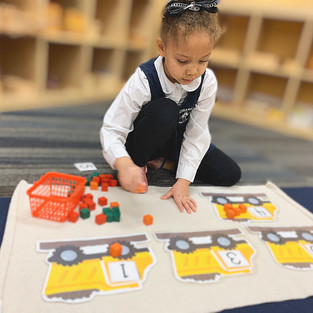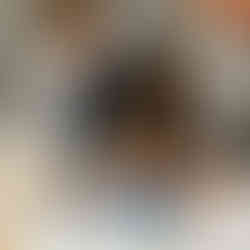The young child has an innate desire for order. He finds comfort in consistency, familiarity, and repetition. As he absorbs the world around him like a sponge, his mind is intuitively organizing the information and unconsciously classifying everything he sees and experiences. Maria Montessori observed that children were naturally inclined towards repetition and order, and had a disposition towards mathematical concepts, noting that
“children display a universal love of mathematics, which is par excellence the science of precision, order, and intelligence.” (Absorbent Mind, 344)
Montessori concluded that the natural inclination of the child’s mind to want to understand the world, and make order out of disorder. She concluded that the child finds satisfaction in establishing order and sequence, in quantifying, and in seeing patterns and noticing similarities/differences. Maria Montessori discussed this phenomenon of the “mathematical mind”, to describe how the human brain is wired in mathematical function of calculations and interpretations of data. The child that is learning is full of exploration and wonder, and engages with the world in tangible and real ways.
Although many mathematical concepts are abstract for young children, Maria Montessori developed hands-on math materials for the children to be able to visualize and manipulate foundational mathematical concepts in a concrete way.
The Montessori primary classroom includes a mathematics curriculum that is designed to address concepts of order, sequence, measurements, calculations, and exactness. The math curriculum is divided into two main categories which each have their own sequential progression of lessons, but can be introduced in parallel to one another.
The first of the math categories is the introduction to quantity and symbol. This progression introduces the concept of quantity, the symbols we use to represent quantities, the base ten system we use with quantities from 1-1000, and all operations with numbers (addition, multiplication, subtraction, division).
The second category in the math curriculum is linear counting, and introduces the child to the order of numbers starting with 1-10, then 1-20, 1-100, and finally 1-1000. Advanced math topics that are also addressed are introduction to fractions, telling time, and measurement.
Mathematical concepts also intersect with science and provide a natural segue to the science curriculum. There are many occurrences of symmetry, mathematical patterns, and classification in the natural world.

























Comments